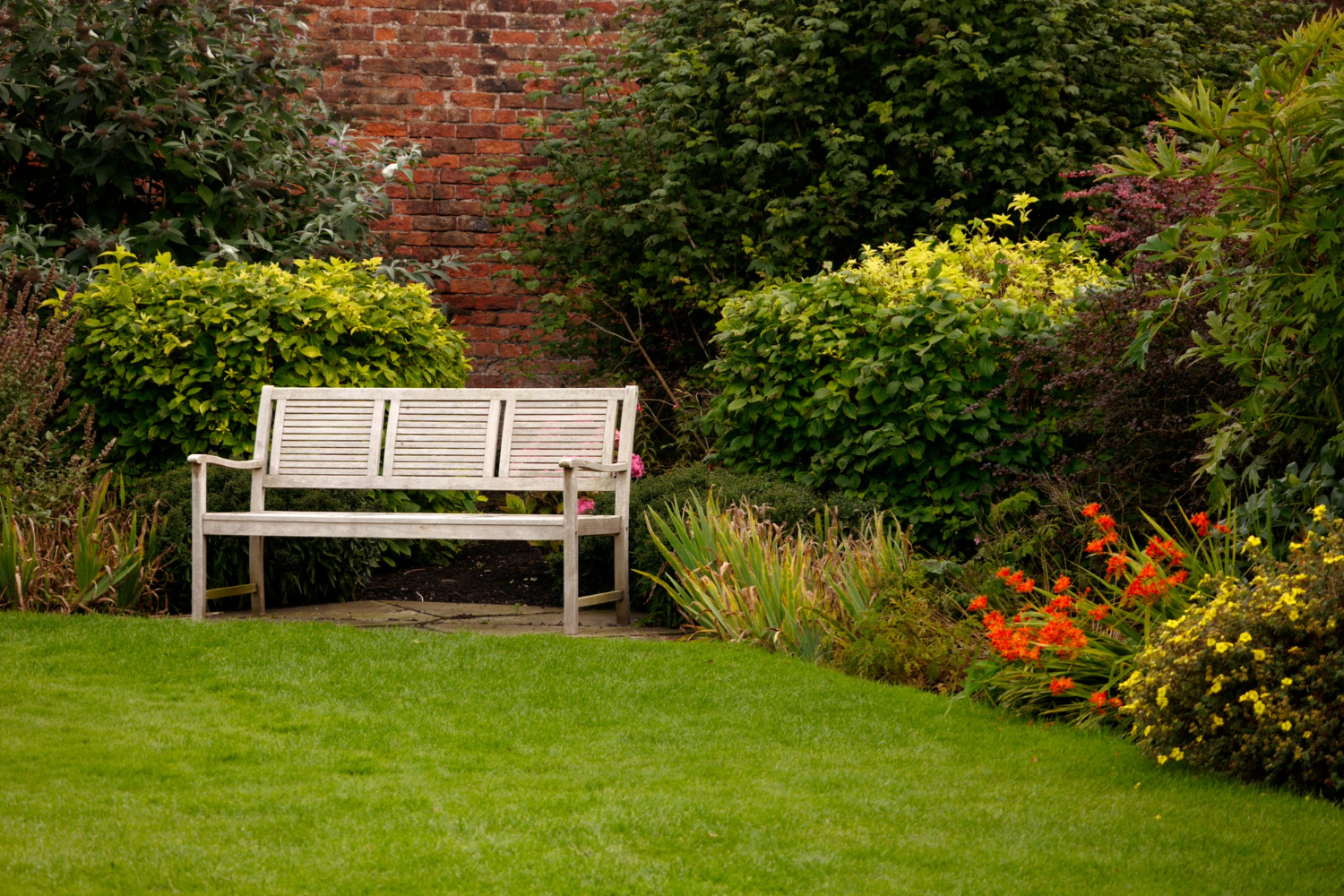Are you feeling overwhelmed and stressed by the chaos of daily life? Perhaps you long for a peaceful and serene space to escape to at home. Creating a Zen garden may be just what you need to achieve a sense of calm and relaxation.
In this step-by-step guide, you will learn how to design and maintain your own Zen garden, allowing you to find tranquility and mindfulness in your own backyard.
Zen gardening is a centuries-old tradition that originated in Japan, and it is based on the principles of simplicity, harmony, and balance. By carefully selecting and arranging natural elements such as rocks, sand, and plants, a Zen garden can create a serene and meditative atmosphere.
Whether you have a large yard or a small balcony, you can create your own Zen garden and enjoy the benefits of this ancient practice. With this guide, you will learn how to choose the perfect location, select the right materials and plants, arrange your garden elements, and maintain your Zen garden for long-term serenity.
Understanding the Principles of Zen Gardening
By delving into the principles of this ancient art, you’ll discover how to transform a small patch of land into a tranquil oasis that inspires peace and harmony.
Zen gardening, also known as karesansui or dry landscape gardening, originated in Japan and is based on the principles of Zen Buddhism.
The aim is to create a space that promotes meditation and contemplation, where you can escape the chaos of the outside world and find inner peace.
One of the benefits of creating a Zen garden is the opportunity for meditation and relaxation.
The garden’s design is simple, yet carefully thought out, allowing for a calming environment where one can focus and clear their mind.
Additionally, by incorporating natural elements such as rocks, sand, and plants, the garden creates a connection to nature, which can have a positive effect on mental well-being.
By understanding the cultural origins and principles of Zen gardening, you can create a space that not only looks beautiful but also promotes a sense of inner calm and balance.
Choosing the Perfect Location
Make sure you choose a location that allows you to fully immerse yourself in the calm and peaceful atmosphere of your new outdoor oasis. When designing the layout for your zen garden, consider a spot that is quiet and has minimal foot traffic.
Think about creating a space that is private and secluded, so that you can escape from the hustle and bustle of everyday life. You can choose to place your zen garden in a corner of your backyard or even on a balcony or rooftop patio if you live in an apartment.
When selecting the perfect location for your zen garden, you should also consider incorporating water features. Water is an essential element in zen gardens and can help you create a tranquil environment.
You can choose to install a small pond, a fountain, or even a simple water basin. These water features not only add to the visual appeal of your garden but also create a calming sound that can help you relax and unwind. Keep in mind that when incorporating water features, you’ll need to ensure that your location has easy access to a water source and proper drainage.
Selecting the Right Materials and Plants
To achieve a tranquil and serene outdoor space, you’ll need to carefully select the appropriate materials and plants for your oasis.
Start by choosing plant varieties that thrive in your area and are low maintenance. Consider using evergreen shrubs or ornamental grasses for a natural and calming effect. Japanese maples or cherry blossom trees can also add a touch of elegance to your zen garden.
Make sure to research the needs of each plant and ensure they are compatible with each other.
Another important element in a zen garden is the use of decorative rocks. Choose rocks that complement the overall design and theme of your garden. Smooth, rounded stones are best for creating a soothing and calming atmosphere, while jagged or rough stones can add a more dramatic and dynamic effect.
Use rocks of varying sizes and shapes, and arrange them in a pleasing and balanced manner. Remember, the key to a successful zen garden is simplicity and harmony between all elements.
Arranging Your Garden Elements
Imagine standing in the center of your outdoor oasis, surrounded by a carefully arranged landscape of ornamental grasses, lush evergreen shrubs, and elegant cherry blossom trees, all accented by a soothing arrangement of smooth, rounded decorative rocks.
The placement of the rocks is essential, as they serve as a focal point and anchor for the rest of your garden elements. You can arrange them in a circle around a larger rock or tree, or in a line along a path or water feature. Experiment with different arrangements until you find one that feels balanced and harmonious.
In addition to the rocks, sand patterns can also add a calming element to your zen garden. You can create patterns with a rake or stick, or even use a pre-made patterned mold. The patterns can be simple or elaborate, and can be changed regularly to keep the garden feeling fresh and new.
Make sure to choose a sand color that complements the rest of your garden elements, such as a light beige or gray for a more natural look, or a vibrant red or black for a bold statement.
With careful arrangement of your garden elements, you can create a peaceful retreat right in your own backyard.
Maintaining Your Zen Garden for Long-Term Serenity
As you bask in the tranquility of your outdoor oasis, you’ll want to ensure that its serenity lasts like a bubble bath that never pops.
To maintain your zen garden’s peacefulness, start with stress-free upkeep. Keep your garden clean by regularly removing debris and dead leaves. Use a small rake or hand-held broom to keep the rocks and sand tidy. A clean and clear garden will help you relax and stay focused on your meditation.
In addition to keeping your garden tidy, it’s important to maintain the DIY decorations you’ve added. Check the condition of your ornaments and rocks regularly, and replace any that have been damaged or weathered.
Water your plants and moss as needed, but be careful not to overwater. Too much moisture can cause mold or mildew to grow, which will disrupt your garden’s peaceful atmosphere.
With these simple maintenance tasks, your zen garden will continue to be a haven of tranquility for years to come.
Conclusion
Congratulations! You’ve now successfully created your very own Zen garden. By following the step-by-step guide, you’ve learned how to implement the principles of Zen gardening, choose the perfect location, select the right materials and plants, arrange your garden elements, and maintain it for long-term serenity.
Did you know that spending time in nature can significantly reduce stress levels and improve overall well-being? According to a study published in the Journal of Environmental Psychology, this is true. Creating a Zen garden at home can provide the perfect opportunity to connect with nature and find inner peace and tranquility.
So why not take the time to invest in your mental health and create your own Zen garden today? You won’t regret it. Remember, finding serenity and mindfulness is a journey, and your Zen garden can be the perfect companion along the way.









